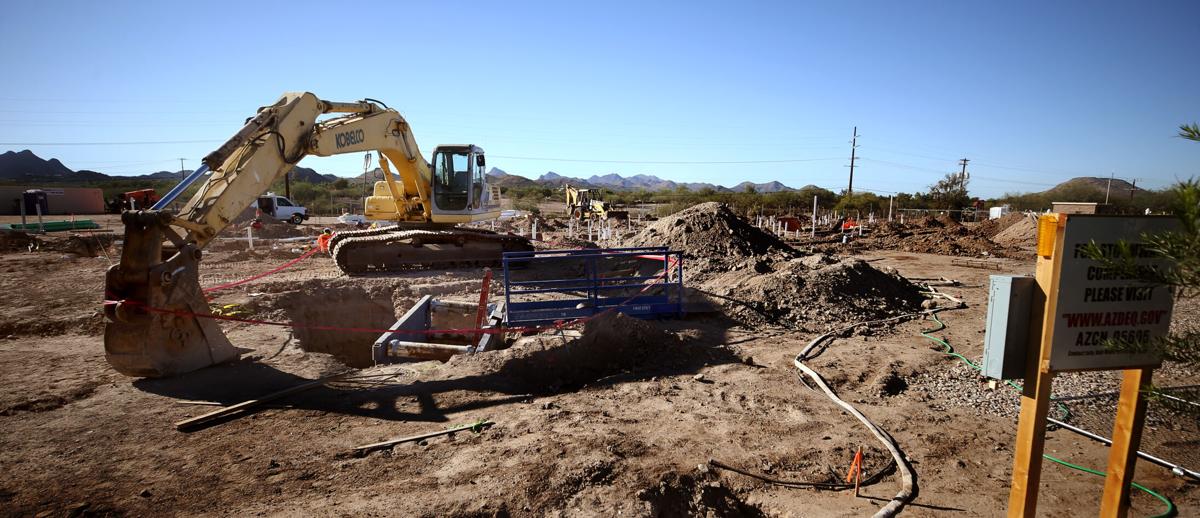Arizona still has far more job openings than people employers are able to hire.
New figures Thursday from the state Office of Economic Opportunity show the seasonally adjusted unemployment rate for December dropped by a tenth of a point, to 4.0%.
But a crucial indicator is that there is still what Doug Walls, the agency’s labor market information director, calls a “significant gap” between the rate that companies are bringing people on board and the number of positions they need to fill. Those rates pretty much tracked each other until the pandemic.
Walls said that demand for workers that exceeds those looking for jobs is forcing employers here to “be more competitive in order to attract that talent.”
The average hourly wage in Arizona is up 5.7% from the same time last year, to $30.81, versus 4.6% nationally.
“Employers are trying to incentivize potential employees to come work for them by increasing wages,” he said.
Still that average remains below the national figure of $32.73.
Walls said employers are being aided by the fact that the number of people in the labor market — those looking for work — does continue to increase. And that in turn is fed by people moving to Arizona, with the state’s labor force having now increased for 30 consecutive months.
At the same time, though, there are potential headwinds to that trend, led by the fact that the cost of living in Arizona, as measured by the consumer price index in Phoenix, is higher than the national average. It is up by 9.5% in the past year, compared with 6.5% for the rest of the country.
And leading that is the cost of housing which is 15.4% above the same time a year ago, versus 8.1% nationally.
But there may be some relief on the way on the expense side of the equation, especially those housing costs.
The median listing price of a home in Arizona had topped $520,000 early last year. Since then there has been a steady decrease, dropping to $462,500 in November and by another more than $9,000 last month.
Demand also has dropped.
As recently as last summer, the typical home in Arizona was on the market for just 24 days before being snapped up. That hit 59 days in November — and 71 days in December, a figure not seen since 2017.
Builders are taking notice.
In November, the most recent month available, they took out just 3,492 permits for new housing units. That’s a 16.1% drop from the prior month and down by 45.3% from the same time a year earlier.
All that is reflected in the new employment numbers, with the construction industry shrinking by 2,600 jobs between November and December. And another 700 jobs were lost in the sector of the economy that writes mortgages and other loans.
Overall, the state added 11,200 jobs in the private sector between November and December, an increase of 0.4%.
Manufacturing shed 300 jobs in the past month. But employment growth remains strong at 8.1% on a year-over-year basis, including an 11.6% increase over that same time in hiring by companies that make aerospace products and parts.
And the new figures also show strong growth in the segment of the economy that includes arts, entertainment and recreation, with Walls specifically pointing out gains in employment at golf courses.
Companies such as Alphabet, Delta and IBM have all reduced their educational requirements for certain jobs.





